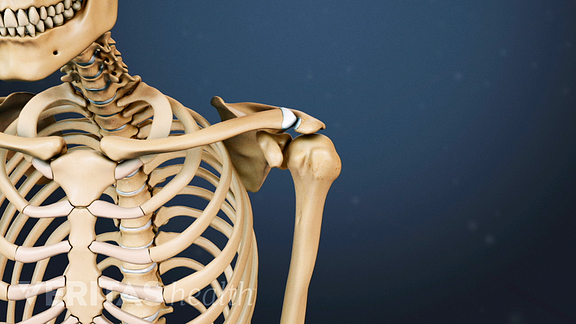The clavicle, also known as the collarbone, is a long thin bone that runs horizontally between the neck and shoulder. The hollow at the base of your throat is the gap between your two clavicle bones.
Because these bones are thin and close to the surface, they are prone to being broken. Fractures of the clavicle are common—they account for 40 to 60% of all shoulder fractures.
 |
| Young men, children, teens, and older adults are at risk for clavicle fractures |
How Clavicle Fractures Occur
Clavicle fractures almost always occur as a traumatic injury from one of two causes:- A fall, either directly onto the shoulder or an outstretched hand. For younger people, the fall is typically a forceful high-impact fall while doing activities like biking, skateboarding, or skiing.
- A direct hit to the clavicle during a contact sport, such as hockey or football, or from a car accident.
Young Men Are at the Greatest Risk
Anyone can break their collarbone, but a few groups are especially at risk for experiencing this type of fracture:
- Children and teens. The age range of highest risk is 10 to 19. Young people’s bones are more susceptible to fracture in general, because the bones are still growing and have lower density until growth is complete.
- Older adults. Bone density decreases with age. As bones weaken, a low-impact fall from standing height may be enough to cause a fracture.
- Male athletes. Because they are most likely to play high-impact sports, young men and teenage boys are particularly at risk for clavicle fractures. Some research estimates that men were nearly 3 times more likely to sustain a clavicle fracture than women.
What to Do if You Suspect a Clavicle Fracture
Clavicle (collarbone) fractures typically cause severe pain, limited or no arm movement, and a bump over the fracture site or shoulder droop.If you suspect a clavicle fracture has occurred, seek medical care. It is important to have the injury formally diagnosed by a physician. The diagnosis can determine how the fractured clavicle is treated: with nonsurgical or surgical treatment.


No comments
Post a Comment